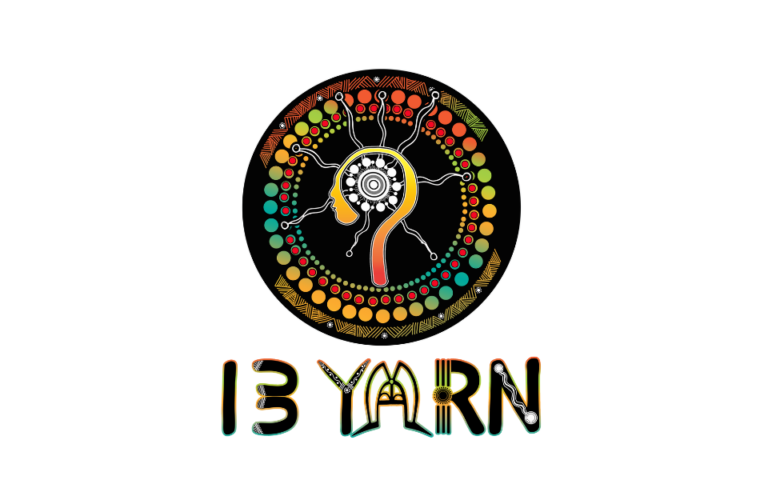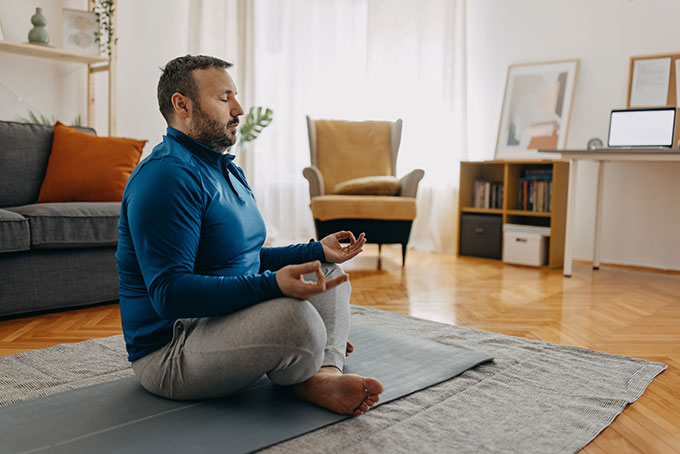Working Together to Prevent Suicide is 2018’s theme for World Suicide Prevention Day. It was chosen intentionally, as it highlights the most essential ingredient for effective global suicide prevention – collaboration.
Suicide is a major social health issue in our society, with The World Health Organisation (WHO) estimating that over 800,000 people die by suicide each year. That is one person every 40 seconds.
In 2017, 3,128 Australians took their own life with another 65,000 people attempting suicide, with hundreds of thousands of people thinking about suicide[1].
Worldwide, suicide claims more lives than homicide, war and terrorism combined[2]. In Australia, the suicide rate is more than twice the road toll[3]. Yet we do not offer the same level of attention to this widespread issue that is afforded to these headline grabbing topics. One of the main reasons for this is that people still feel ill-equipped to talk about suicide with family and friends.
Together we can address the challenges of suicidal behaviour in our society today. We all need to look out for those who are struggling. Check in with them, ask them how they are doing, listen, and encourage them to tell their story. Equipping yourself to help others, and taking the time to have conversations when you notice something has changed. This is what World Suicide Prevention Day is all about.
Listening and support
By providing a supportive, friendly, caring and non-judgemental ear to those in need, we can vastly reduce the numbers of people who feel so alone and hopeless that they see no alternative but to end their life.
Studies suggest that a strong network of people who care, is one of the most powerful ways to help someone in distress. This doesn’t just apply to suicide – the same approach can work for people who are lonely, depressed or anxious too.
Ask – Listen – Encourage action – Check in
Our friends at R U OK? Came up with this simple model that is accessible to anyone (view their How to Ask explainer page for easy to follow steps to help someone you care about).
By creating a safe space, where people feel cared about, accepted, supported and understood, you are letting them know you support them.
With a little guidance on the ways to provide helpful listening and support, you could be the person that might just save a life. People at risk often aren’t looking for advice; they just want someone to talk to – someone who is compassionate. Let them know that you are there for them, by asking a simple open-ended question, something as simple as, “I am worried about you because you haven’t seemed yourself lately, is everything ok?”.
People are often afraid to ask someone they know if they are OK, because they worry they won’t know what to do if the person responds that they aren’t doing well.
It is important to remember that there is no one right thing to say to someone, and that you can’t make a person suicidal by showing you care. In fact, giving a suicidal person the opportunity to express his or her feelings can provide relief from loneliness and pent-up negative feelings, and may prevent a suicide attempt. Learn more about the damaging myths about suicide.
Other ways to help
Create a suicide safety plan
A safety plan is an effective way for people to document how to keep themselves safe when they’re feeling suicidal. Having a concrete plan in place may help people feel more prepared and in control about the possibility of future suicidal thoughts. For more information, read our Helping someone to create a safety plan page.
Encourage use of the new ReMinder app
ReMinder is a self-managed resource for users to adopt as part of their own coping strategy. Reminder helps users create a simple suicide safety plan, which they can access on their mobile device at any time. A suicide safety plan can help to keep clients safe when they are feeling low or suicidal. ReMinder is designed to remind clients of reasons to live and connect them with the people and services who can help during the tough times.
More information and links to download the ReMinder app can be found here: suicidecallbackservice.org.au/feeling-suicidal/reminder-suicide-safety-plan-updated
Seek help from a professional
If you’re worried about someone, supporting them to get professional help is critical. Some people find telephone counselling or online counselling particularly helpful, as it’s an immediate, anonymous and less threatening source of support.
In an emergency
If you’re worried for the immediate safety of someone you care about:
- Call 000 and request an ambulance. Stay on the line, speak clearly, and be ready to answer the operator’s questions
- Attend your local hospital’s emergency department
- Call your local Public Emergency Mental Health Service.
Each of these emergency services teams are specially trained to support people in crisis, including people feeling suicidal, and are able to keep you safe.
More information
Discussing Suicide: How to talk to somebody about suicide
Suicide warning signs
Who can I talk to?
Helping someone to create a safety plan
Supporting someone to get help
How to have a conversation about mental health
Supporting someone after a suicide attempt
If you, or someone you know is struggling and want to speak to a professional counsellor, Suicide Call Back Service is available 24/7. Call us on 1300 659 467.
If it is an emergency, dial 000.
References
[1] http://wspd.org.au/
[2] https://ourworldindata.org/
[3] Australian Bureau of Statistics. (2016) Causes of Death, Australia, 2014. Catalogue No. 3303.0. Belconnen, ACT: Commonwealth of Australia.









